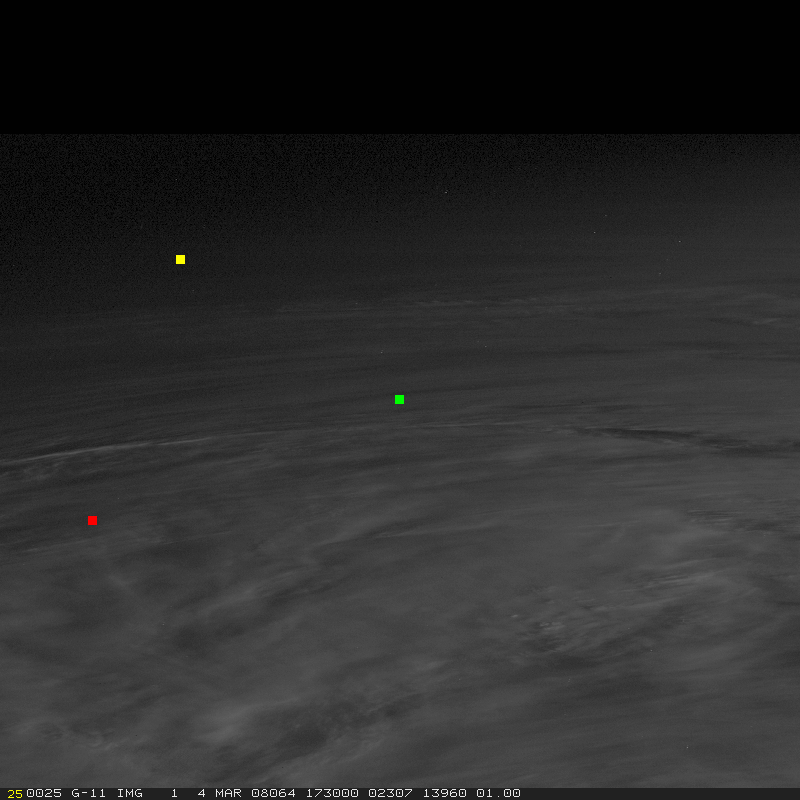Daylight returns to Alaska

The visible image comparison shown above includes two images centered on Fairbanks AK (the green box in the center). The images are from the same time — 1730 UTC — one is from 14 March, and one is from 4 March, 11 days earlier. Sunrises [and daylight duration] at Barrow (yellow box), Fairbanks and Anchorage (red box) on 4 March were 17:41 [9 h, 56 m], 16:48 [10 h, 32 m], and 16:49 UTC [10 h, 45 m]. Eleven days later, sunrises [and daylight duration] were 16:52 [11 h, 31 m], 16:11 [11 h, 39 m] and 16:18 [11 h, 43m]. Thus the length of day increased by 95, 67 and 58 minutes, respectively, in those 11 days.
More daylight over northern North America has important consequences. When incoming radiation can exceed outgoing radiation — an event far more likely when the Sun is up — the land will not cool down. It is increasingly difficult to generate cold air over North America as the days lengthen, and at this time of year, the speed at which the days lengthen over Alaska approaches 10 minutes daily.
The later of the two images, shown here, is of a particularly clear day over southern Alaska, and the rugged terrain of both the Alaska Range and the Brooks Range is apparent. Denali, or Mt. McKinley, is visible just to the left of a line connecting Anchorage and Barrow.

